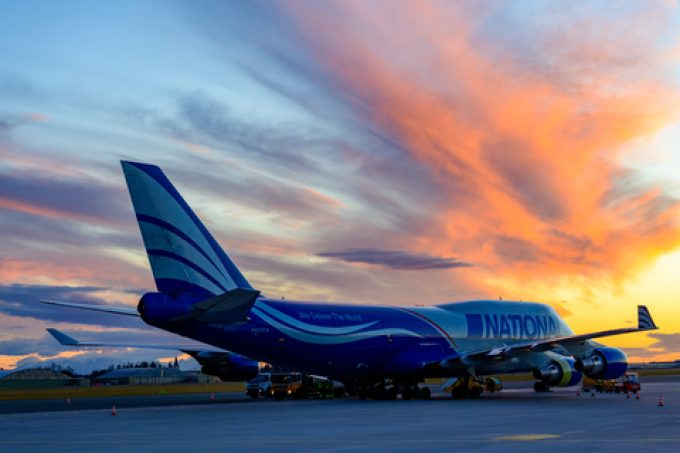Fortress SITC – liner shipping's insulated star performer
Is it a bird? Is it a plane? Nope, it’s a ship

On-demand charters have proved pivotal in supporting B747 freighter operations at National Airlines Cargo – but availability of the type is limited so the carrier might look elsewhere for future acquisitions, it revealed.
National still plans to add more 747s, particularly factory-built 747Fs. Currently, it operates three 747-400s with nose-loader capabilities, including one extended range variant, and six 747-400BCFs.
“We want to add more factory-built freighters in the coming months,” Nihal Wickrema, VP strategy and revenue optimisation, told The Loadstar.
“Unfortunately, there is ...
'Disastrous' DSV-Schenker merger would 'disrupt European haulage market'
New senior management for DSV as it readies for DB Schenker takeover
Volumes set to 'fall off a cliff' as US firms hit the brakes on sourcing and bookings
Asian exporters scramble for ships and boxes to beat 90-day tariff pause
Amazon pushes into LTL for small package fulfilment and UPS does a u-turn
Temporary tariff relief brings on early transpacific peak season
Pre-tariff rush of goods from US to China sees air rates soar, but not for long
Forwarders 'allowing the fox into the chicken run' by supporting 'hungry' carriers

Comment on this article